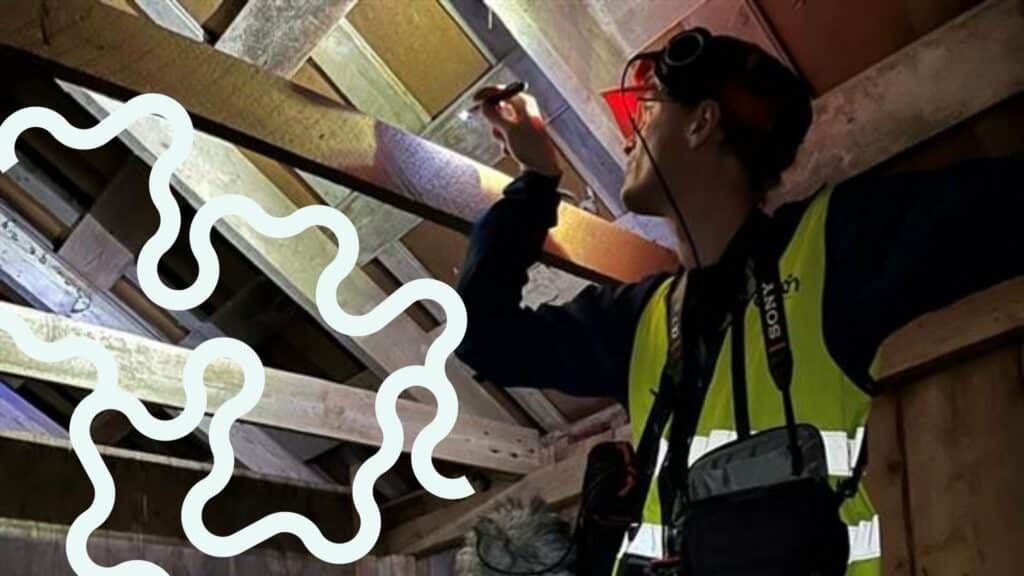
New wind farms in northern Sweden raise the issue of impacts on bats. While it is well documented that bats are harmed and killed by wind turbines, if protective measures are not taken. However, in the research that has been done, no dead bats have been found north of Dalarna. Why is this, and what does it mean for how we should deal with the issue in northern Sweden?
It is well documented that bats are killed by collision with the rotor blades of wind turbines. This mainly applies to bat species that fly at high altitudes; in northern Sweden, the northern bat is the most relevant species.
Since 2011, the extent of mortality and effective methods for reducing the impact on bats in wind farms have been investigated in several reports within the research program Vindval. This year, the parts dealing with onshore wind power are concluded with a study on operational control, so-called bat modein the forest landscape.
Discussion on safeguards
Batmode means that wind turbines are shut down under certain temperature and wind conditions that are considered favorable for bats. The studies show that batmode works well in southern Sweden but also indicate that protection may need to be extended (Vindval 2023).

- In southern Sweden, batmode is already used, which has proven to work very well. It is probably an equally effective and relevant method for northern Sweden. We need more knowledge, but it is likely that there will be some differences linked to temperature and daylight," says Ambjörn Johansson, bat investigator at Ecogain.
Carcass searches have not yielded any hits north of Dalarna
The publication of the final Vindval report was first planned for December 2023, but has been postponed, and at present there is no date for when it will become public. While waiting for the report, a discussion is underway on what protective measures need to be taken with regard to bats in northern Sweden.
The latest surveys from 2021 onwards have consisted of carcass searches with trained dogs that have had to search through 15 wind farms with and without operational regulation to look for dead bats. In some of the wind farms, bat activity has also been measured using automatic recording boxes. So far, no dead bats have been found north of Garpenberg in Dalarna.
Ecogain has conducted a case law study
Part of the discussion is about the fact that the bat fauna in northern Sweden consists of fewer species and sparser populations. The question is what significance this has for species protection. All bats in Sweden are protected under the Species Protection Ordinance. This prohibits the deliberate killing of bats and the disturbance or destruction of breeding areas.
In anticipation of Vindval's report, Ecogain has conducted a case law survey to get a picture of the situation regarding bats in permit processes for significant environmental impacts. What we have seen in our survey and in our permit processes is that the requirements for the knowledge base have increased in recent years.
Good knowledge base can save project time and resources
Having a sound knowledge base makes it easier to take the necessary precautions for the species in the project area. It also reduces the risk of orders for additional surveys, which can cause major delays in the project as field surveys can only be carried out at a limited time of year.
Ecogain offers bat surveys conducted on three separate occasions during a season. We use recording via autoboxes and subsequent analysis and supplement with searches for breeding areas. Overall, it provides an extremely good knowledge base with site-specific information of the situation.
- This gives our customers the opportunity to minimize the impact on bats in their wind power projects," says Ambjörn Johansson.
The debate on bats and wind power in northern Sweden is complex and requires further research and careful decision-making.
Pending the Vindval report, Ecogain has proposed drift control in the investigations concerning bats in wind farms, regardless of the location of the farm - provided that at least one high-risk species is regularly present in the project area. Operational control minimizes the number of collisions between rotor blades and bats.





